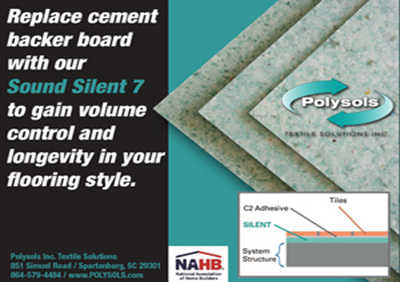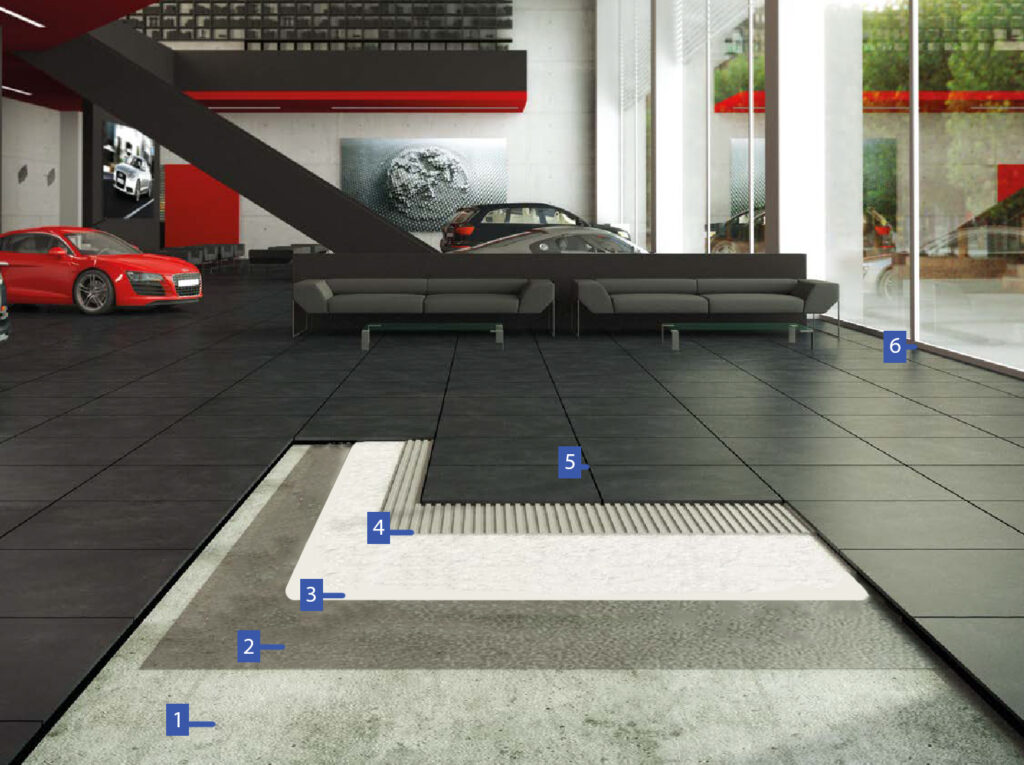Our office will be closed from December 22, 2025 to January 2, 2026
Welcome To
Polysols
Specializing in non-woven polyester goods, Polysols provides our customers a range of services; from raw materials to finished and converted products for multiple industries. Additionally, we manufacture a line of surface protection products, as well as Seam Tape and Acoustical Underlayments. Please call or email us to find out more.
Finished & Converted Goods
Artificial Turf Tape
SCROLL




